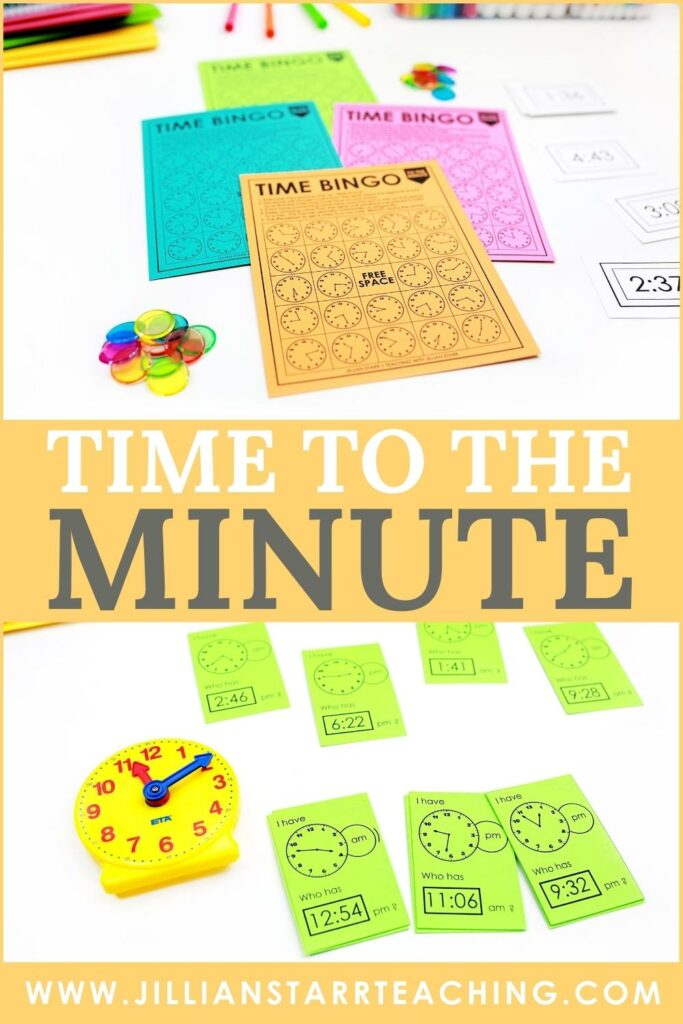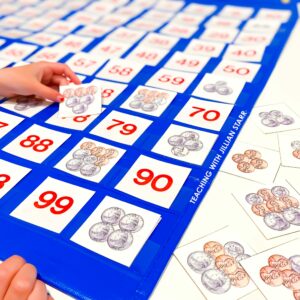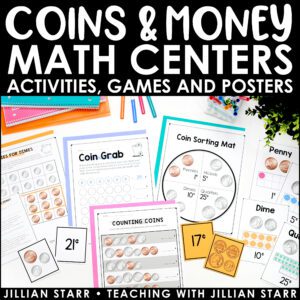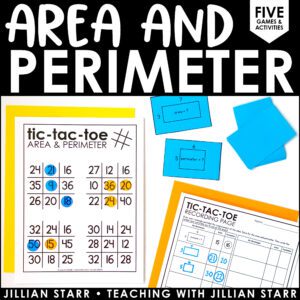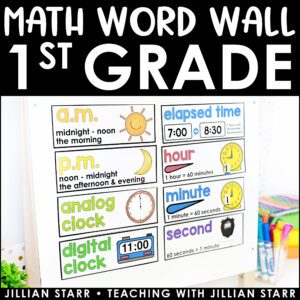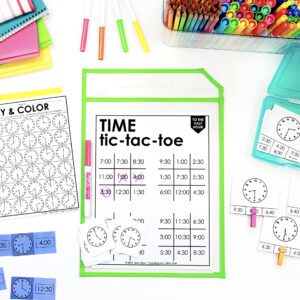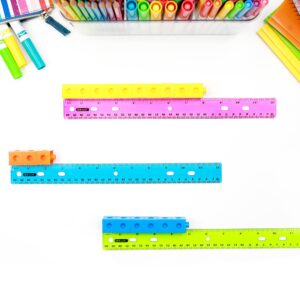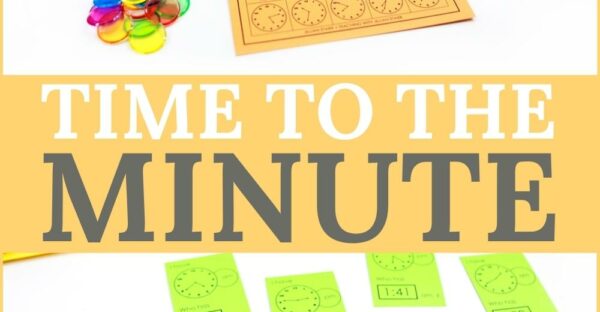Give yourself and your students a huge round of applause. If you’re reading this post, it probably means that you have been working hard on learning to tell time or you are about to dive in. Either way, you are gearing up to teach time to the minute. Let’s get ready!
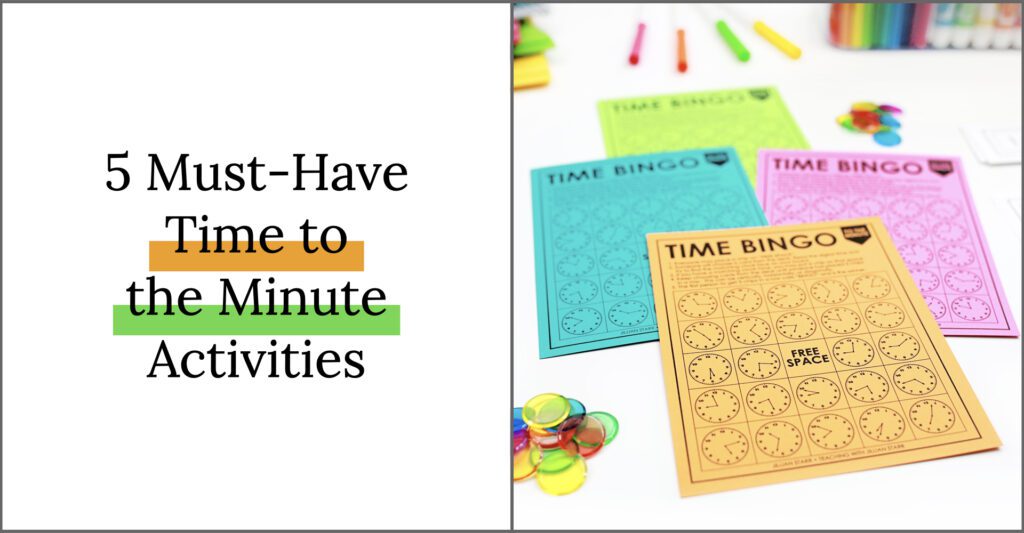
It took me a while to really understand why teaching time-telling needed to be broken down into so many steps. As an adult telling time for decades, it feels like second nature. However, telling time is an incredibly abstract concept. Students need to:
- Familiarize themselves with the visual and direction of a clock face
- Learn the language around time (ex: “O’Clock”)
- Memorize the representation of the small and large hands
- Indentify the connection between digital and analog representations of time to the hour, half hour, and minute
- And more!
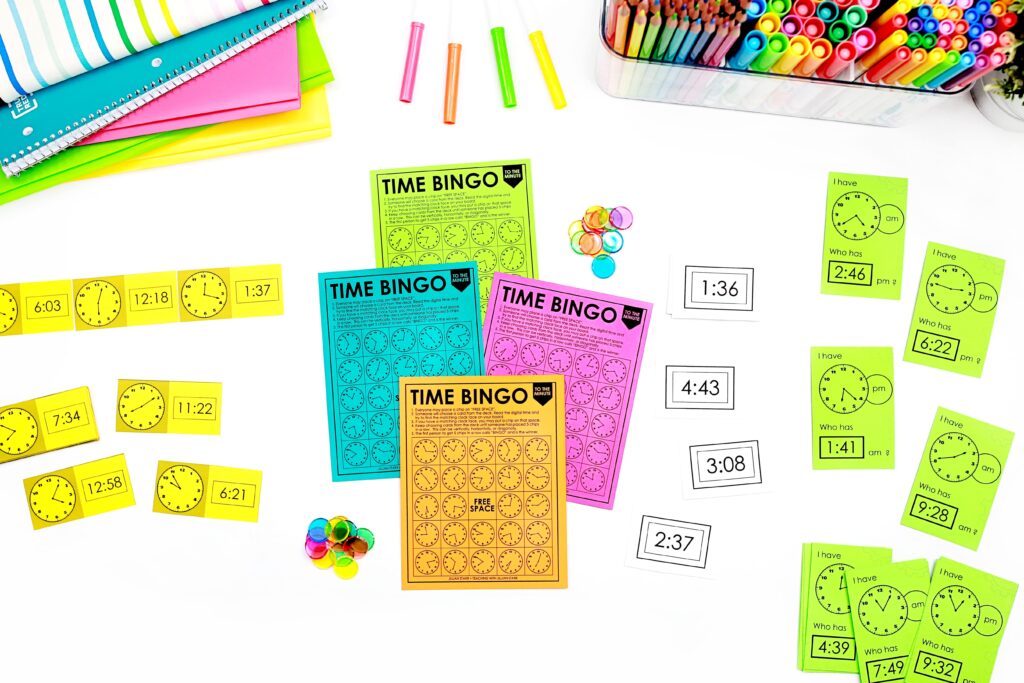
That is why I don’t jump to telling time to the minute right away. It is the final destination in our time unit. That said, it is still an important building block. After all, your students will be using time-telling skills every day for the rest of their lives. That’s why I continue to look for engaging and repetitive activities. Today, I’ve gathered my favorites to share with you!
Matching Time to the Minute

Memory Match to the Minute is an activity that I will keep at centers time and time again (pun intended). I love it because:
- Students are reading clock faces and digital clocks, many times the same cards over and over, but without the “drill” feeling
- Students are trying to hold the different clock faces and digital representations in their head, which encourages deeper concentration
- It can be done independently, in partners, small group or whole group!
- You can always include a recording page to support accountability
Time to the Minute Bingo
Bingo! Twist: make it with clock faces!
I love using Time to the Minute Bingo to practice telling time to the minute. I assign and play Time Bingo in small groups and with partners. Also, I use it both as a way to teach (or reteach) time to the minute and as a way to review. This is even a great game for the entire class to play simultaneously!
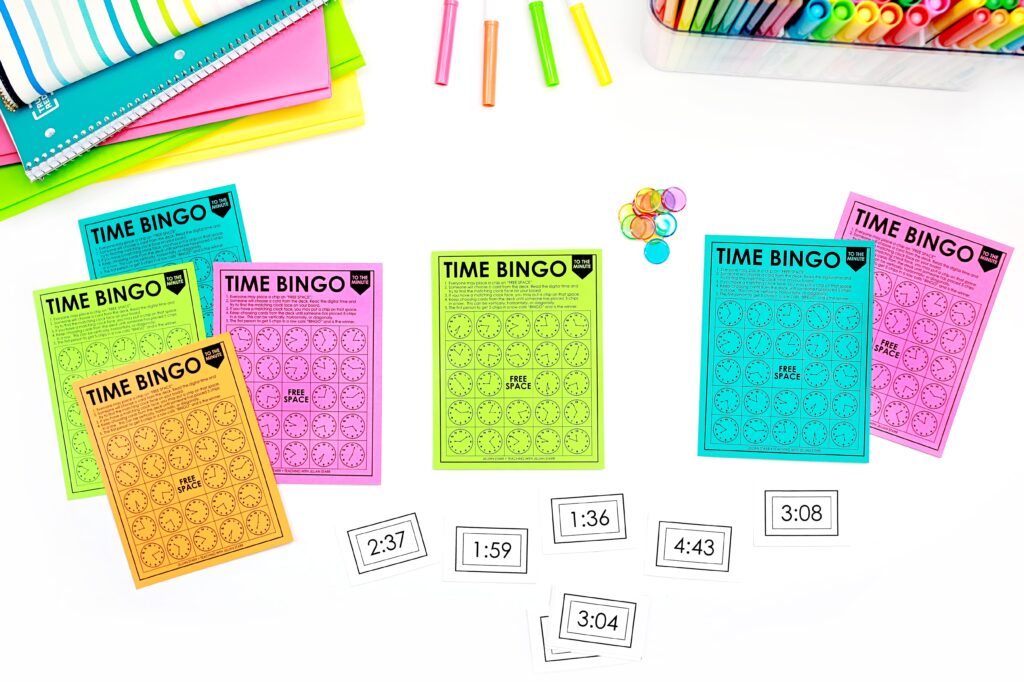
Setup
First, print your bingo cards. I love printing in multiple colors for text contrast, but regular, white paper is fine. Then, print out the digital time cards. Those will be the cards you call. Finally, gather a collection of plastic chips. Make sure you have enough!
Gameplay
Time Bingo follows the same rules as classic bingo. No matter the group size, everyone receives a bingo card and a handful of chips. The caller can either be a designated caller or students can take turns picking a card from the pile and calling it out.
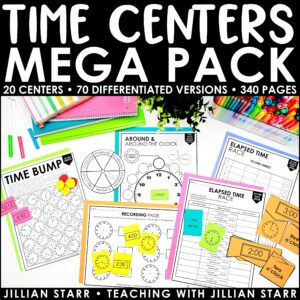
TIME CENTERS MEGA PACK
The game starts when everyone places a tile on the free space in the middle. Then, the caller (or first caller) picks the top card from the digital time to the minute pile. They say the time aloud. Everyone looks around their gameboard. If the time is on the board, they place a chip on it.
The first student to place five chips in a row calls “Bingo!”
Bonus: Prep this activity once and have a whole game set ready for years! Just remember to bring Bingo cards on cardstock or laminate before using.
I Have/Who Has Time to the Minute
If you have been reading this blog for a while now, you’re probably familiar with this favorite: I Have/Who Has. I Have/Who Has is an interactive game that can be adapted to almost any form of math content (and beyond). Need another great reason to include I Have/Who Has in your Time to the Minute rotations? It is a low-to-no prep activity!
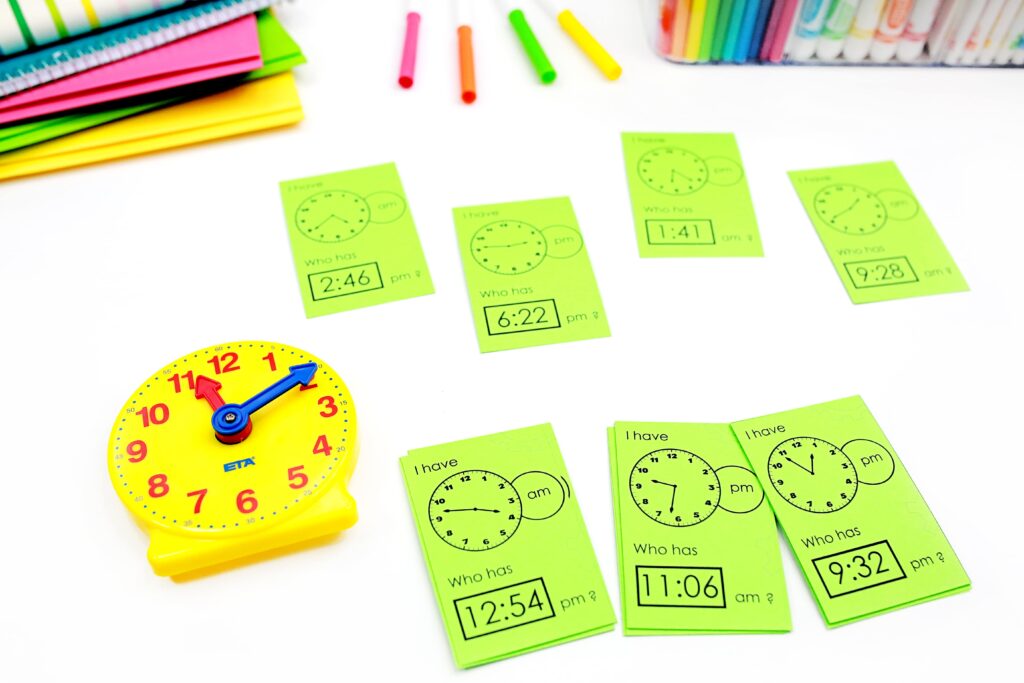

Setup
Need minimum prep? Look no further. I Have/Who is a great time to the minute activity that requires only one resource: cards. Print out Time to the Minute I Have/Who Has cards (I prefer using Astrobrights paper for better contrast). Cut them out. Stack them in a pile. You’re ready to play! Grab a plastic bag and you are ready to store them for a zero-prep activity the next day.
How to Play
I Have/Who Has needs at least three players. I suggest playing in small group lessons or as a whole group for review.
The gameplay is almost as easy as the setup:
- Pass out all cards in the deck (some students may get more than one card– that’s okay!).
- The student with the card that says, “I will start” goes first. That student reads their card.
- Students listen for the question, “Who has_____?” For example, “Who has 8:35?”
- The student with that time then reads their card out loud. They say, “I have 8:35.”
- Play continues until all cards have been read and the student with the END card reads their card
Time to the Minute Bump


Ready for a little competition? I love Bump because it spices things up, it is easy to prep, and it requires students to use time-telling language. And, when reviewing or teaching Time to the Minute, I love to revisit activities used in earlier time to the hour and time to the half hour centers.
Setup
You’ll need:
- Digital time cards
- Time to the Minute Bump Boards
- A collection of double-sided counters or two different colored sets of counters.



TIME CENTERS MEGA PACK
How to Play
Player 1 spins and places their marker on the image on the game board. Then, Player 2 spins. If Player 2 spins a clock face that player 1 has placed a counter on, Player 2 may “bump” Player 1’s counter off the board and replace it with their own.
However, if a player spins a clock face that THEY have already taken, they may place a SECOND counter on that spot to “lock” that space. That means their opponent can no longer “bump” them off. If a player spins a number without open spaces, they lose their turn. The first player to place all ten counters on the board wins!
Time to the Minute Dominoes
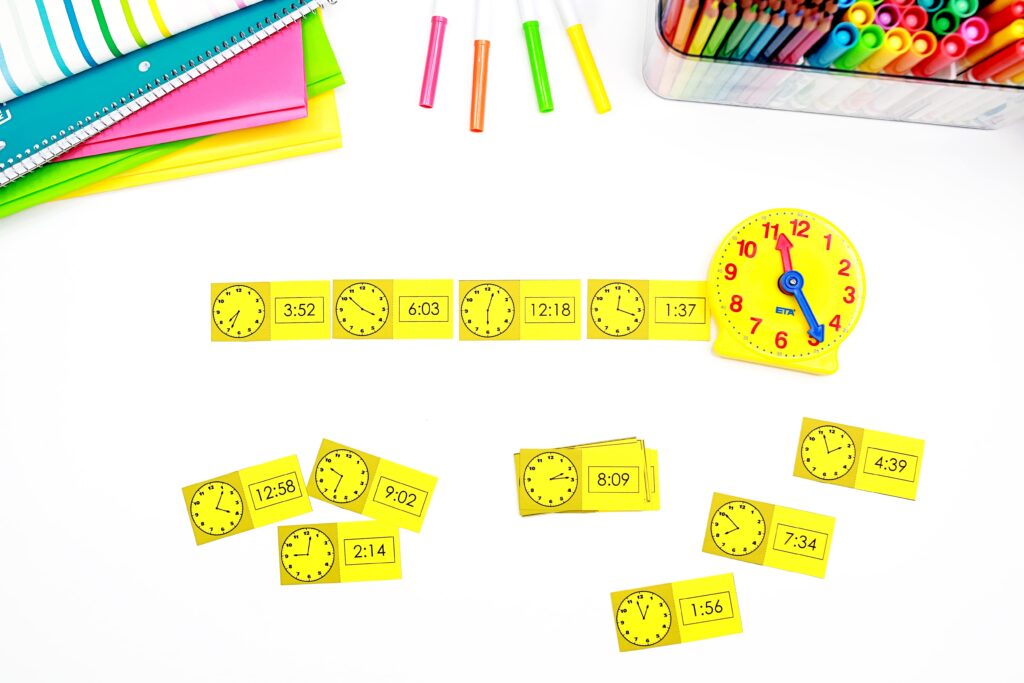

Let’s do some matching, but kick it up a few notches. Time to the Minute Dominoes is a versatile game that belongs in every math block! What do I mean by versatile? Well, it can be used independently, in partners, in a small group, AND in a whole group setting. Now that’s versatile! They’re also so easy to prep that sometimes I have my students cut them out themselves and keep a pack in their math folder!
I hope you and your students enjoy these time to the minute games and activities as much as mine do! If you’re looking to save time by not making them yourself, you can find my Time Math Centers HERE!
